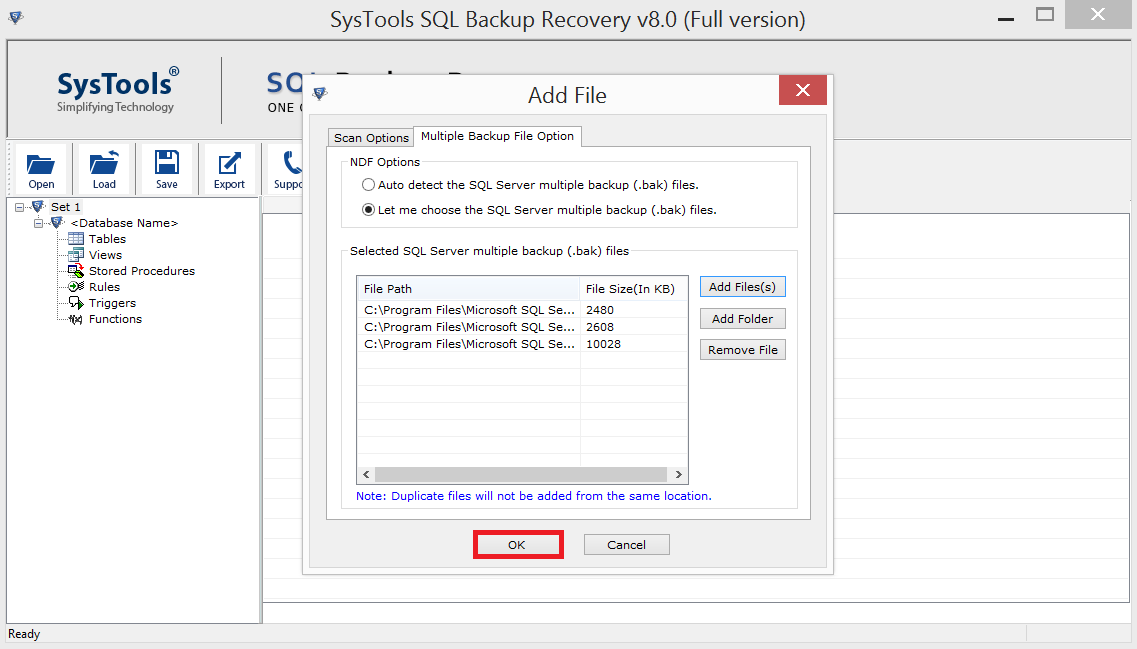

The file output.zip will contain a CSV file, one for each table in the given database file. This example returns information about the file named AdventureWorks2012-FullBackup.bak.įROM DISK = N'C:\AdventureWorks2012-FullBackup.Replace database.bak with the path to the database you want to convert. Using Transact-SQL To view the content of a backup tape or file The right-hand pane displays information about the media set and backup sets on the selected tape or file. This opens the Device Contents dialog box. In the Back up to list-box, select the path of the disk or tape drive you want to view, and click Contents. To add it to the Back up to list-box, click OK. If the disk file or tape is not displayed in the list-box, click Add. In the Back up to list box, look for the disk file or tape you want. In the Destination section of the General page, click either Disk or Tape. Right-click the database you want to backup, point to Tasks, and then click Back Up. Using SQL Server Management Studio To view the content of a backup tape or fileĪfter connecting to the appropriate instance of the Microsoft SQL Server Database Engine, in Object Explorer, click the server name to expand the server tree.Įxpand Databases, and, depending on the database, either select a user database or expand System Databases and select a system database. For more information, see GRANT Database Permissions (Transact-SQL). In SQL Server 2008 (10.0.x) and later versions, obtaining information about a backup set or backup device requires CREATE DATABASE permission. To view the content of a backup tape or file, using:įor information about security, see RESTORE HEADERONLY (Transact-SQL).

Avoid using this feature in new development work, and plan to modify applications that currently use this feature. Support for tape backup devices will be removed in a future version of SQL Server.


 0 kommentar(er)
0 kommentar(er)
